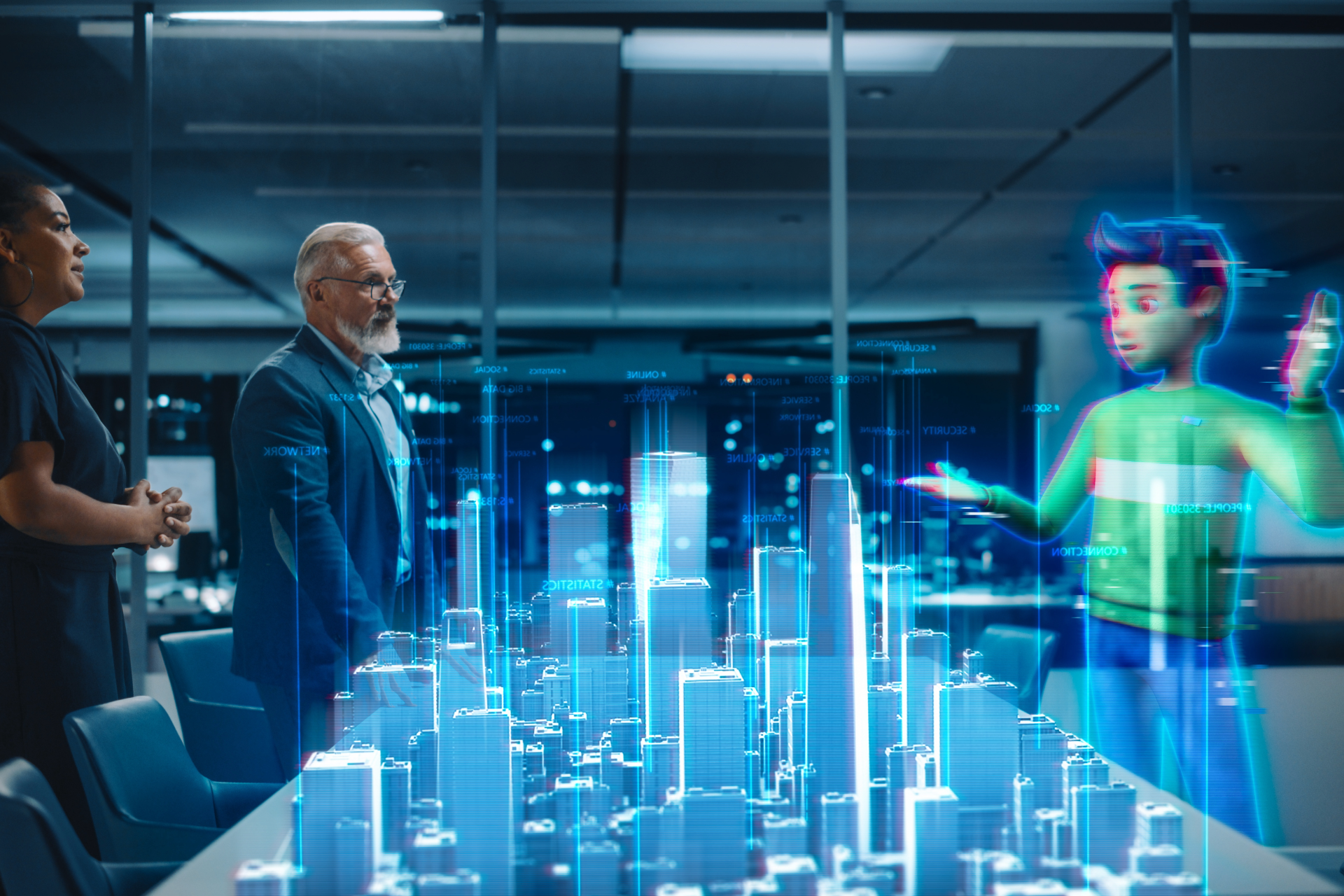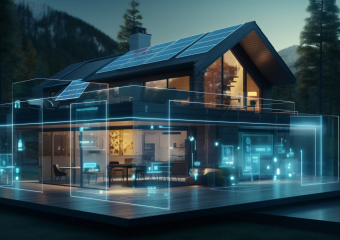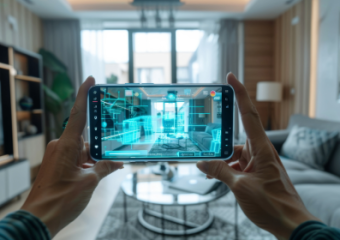Building Smarter: How AI Is Transforming New Home Construction
The construction industry, traditionally known for its hands-on and labor-intensive processes, is undergoing a profound transformation. Building smarter isn’t just a buzzword—it’s becoming a reality thanks to the integration of artificial intelligence (AI) across new home construction. From design and planning to on-site operations and post-construction maintenance, AI technologies are revolutionizing how homes are built, improving efficiency, safety, sustainability, and overall quality. In this article, we’ll explore the key ways AI is reshaping new home construction and what this means for builders, homeowners, and the future of residential development.
AI-Powered Design: Precision and Personalization
One of the earliest stages where AI is making an impact is in architectural design and planning. Advanced machine learning algorithms can analyze vast amounts of data, including site conditions, local climate, zoning laws, and homeowner preferences, to generate optimized blueprints that balance aesthetics, functionality, and cost-efficiency.
For example, AI can quickly simulate thousands of design iterations to find the most energy-efficient layouts or predict how natural light will flow through the rooms. This level of precision ensures that the homes are not only tailored to the occupant’s lifestyle but are also sustainable by design.
Moreover, AI-driven generative design tools are empowering architects and developers to explore innovative construction methods and materials that might have been overlooked in manual planning. The result is smarter home designs that adapt to modern needs while minimizing waste and expenses.
Streamlining Construction Management with AI
On the construction site, AI serves as a powerful tool for project management and operational optimization. AI-powered software platforms can monitor progress in real-time by processing data from drones, sensors, and cameras. This constant flow of information enables managers to detect delays, safety risks, or quality issues immediately, ensuring projects stay on schedule and within budget.
Additionally, predictive analytics models help anticipate potential problems before they arise, such as supply chain disruptions or equipment failures. By forecasting these bottlenecks early, construction teams can adjust timelines and resources accordingly.
Robotics and AI-driven machinery are also playing a growing role in automating repetitive or dangerous tasks like bricklaying, welding, or heavy lifting. These smart machines enhance safety and precision, reducing human error and improving overall build quality.
Enhancing Safety Through AI Monitoring
Construction sites are inherently hazardous environments. AI enhances safety by employing computer vision and sensor networks to constantly monitor the site for unsafe behaviors or conditions. For instance, AI-enabled cameras can identify when workers aren’t wearing hard hats or when scaffolding is unstable.
The real-time alerts generated by these systems allow supervisors to take immediate corrective action, preventing accidents and injuries. Over time, the accumulation of safety data assists companies in refining best practices and training programs, moving toward zero-incident job sites.
Improving Sustainability and Energy Efficiency
Environmental concerns are increasingly important in new home construction, and AI is proving instrumental in advancing sustainability goals. From the design phase through to material selection and construction methods, AI can recommend eco-friendly solutions that reduce the home’s carbon footprint.
Post-construction, smart homes equipped with AI-powered energy management systems optimize heating, cooling, and lighting based on occupant behavior and environmental conditions. This not only cuts utility costs but also supports broader efforts to create greener communities.
Future Outlook: AI and the Smart Home Ecosystem
The intersection of AI and new home construction extends beyond the building process. AI’s role continues after construction, integrating the home into a broader smart ecosystem. Voice-activated assistants, automated security systems, and predictive maintenance tools make homes more livable, secure, and efficient.
Furthermore, ongoing AI data analysis helps homeowners and builders understand how the building performs over time, providing feedback that supports continuous improvement of construction techniques, materials, and design.
Conclusion
Building smarter with AI is no longer a futuristic concept; it is actively changing the landscape of new home construction today. By enhancing design precision, streamlining management, improving safety, and fostering sustainability, AI is ushering in a new era of construction innovation. As technology continues to evolve, builders who adopt AI tools and leverage data-driven insights will be better equipped to meet the rising expectations of homeowners and create high-quality, efficient, and resilient homes for the future. Embracing AI in construction isn’t just about working faster—it’s about building better, smarter, and more sustainably.







